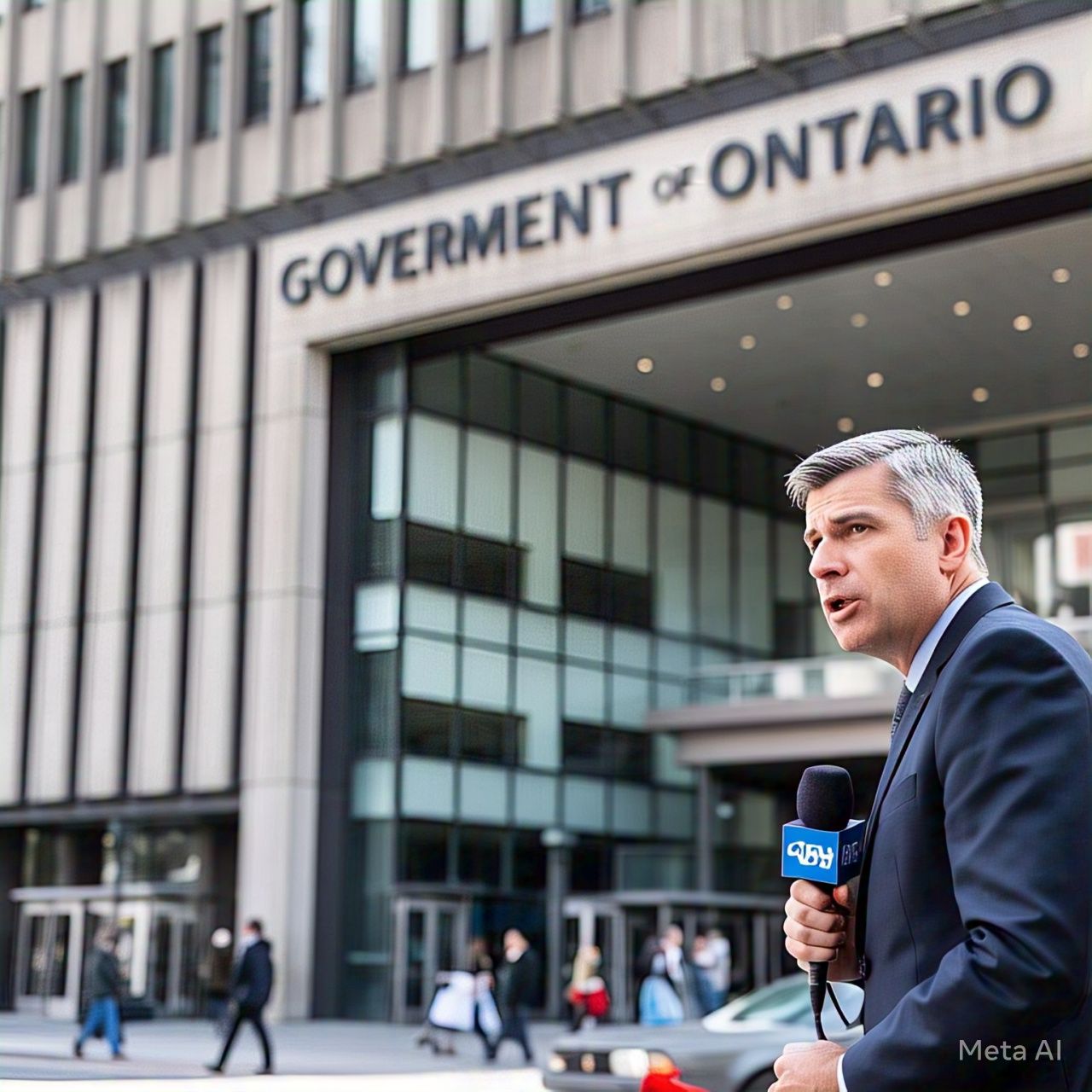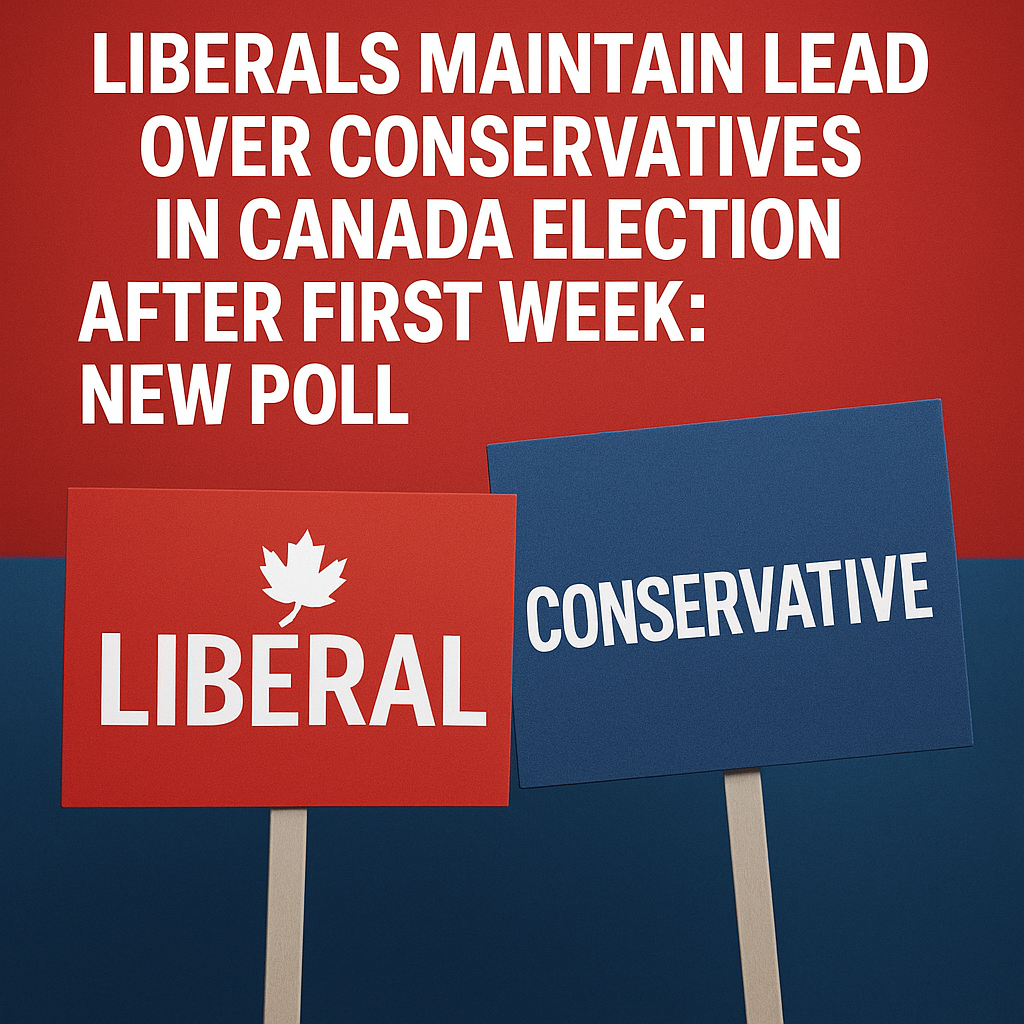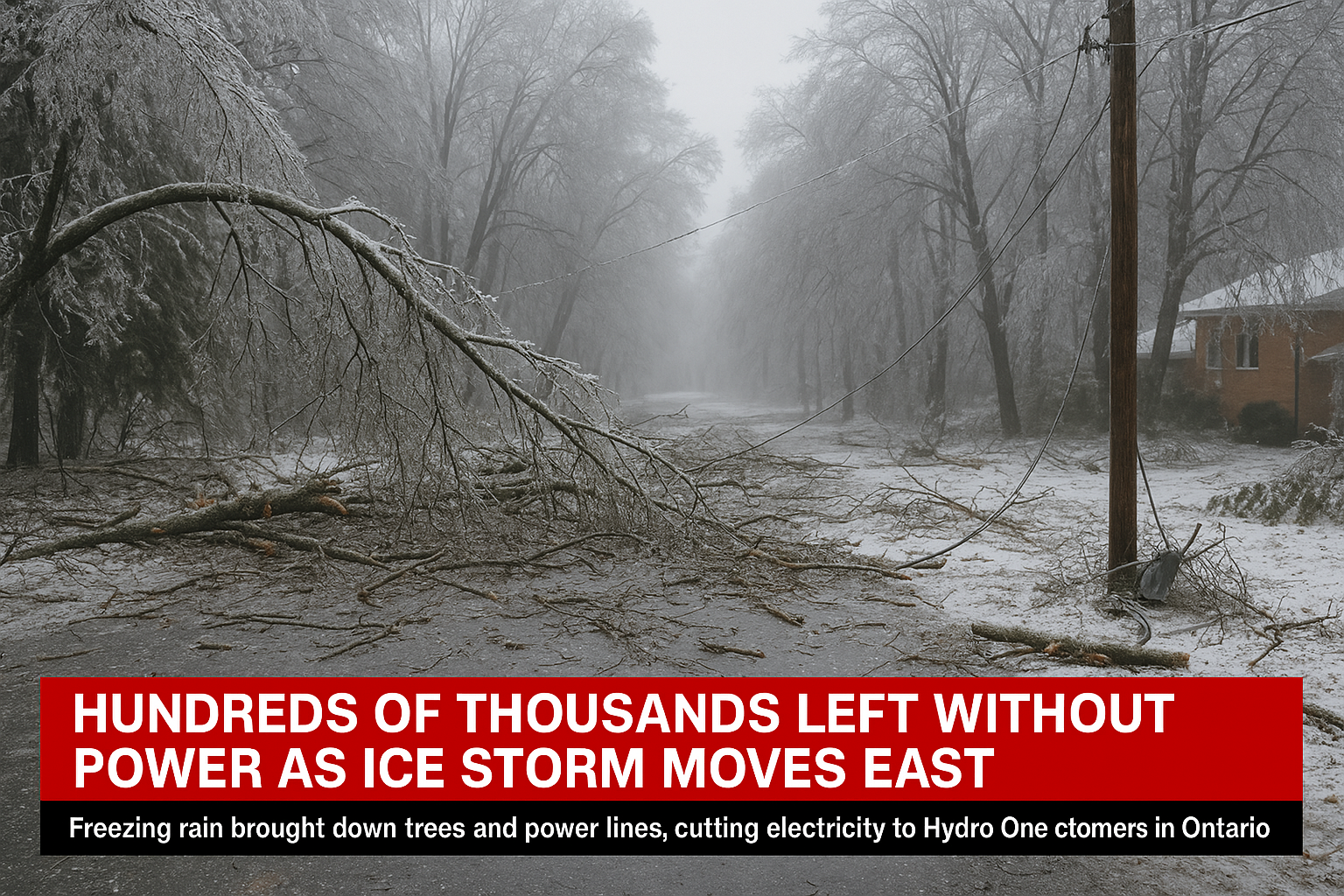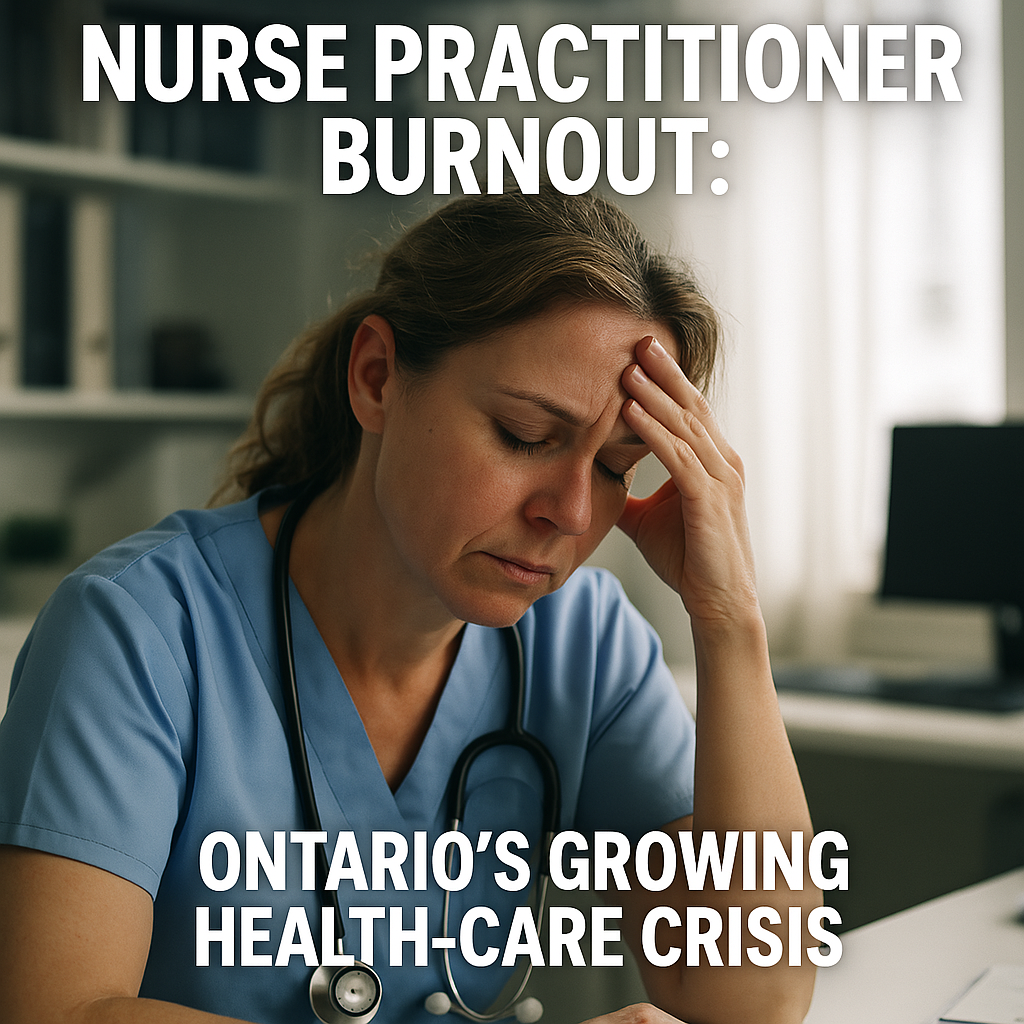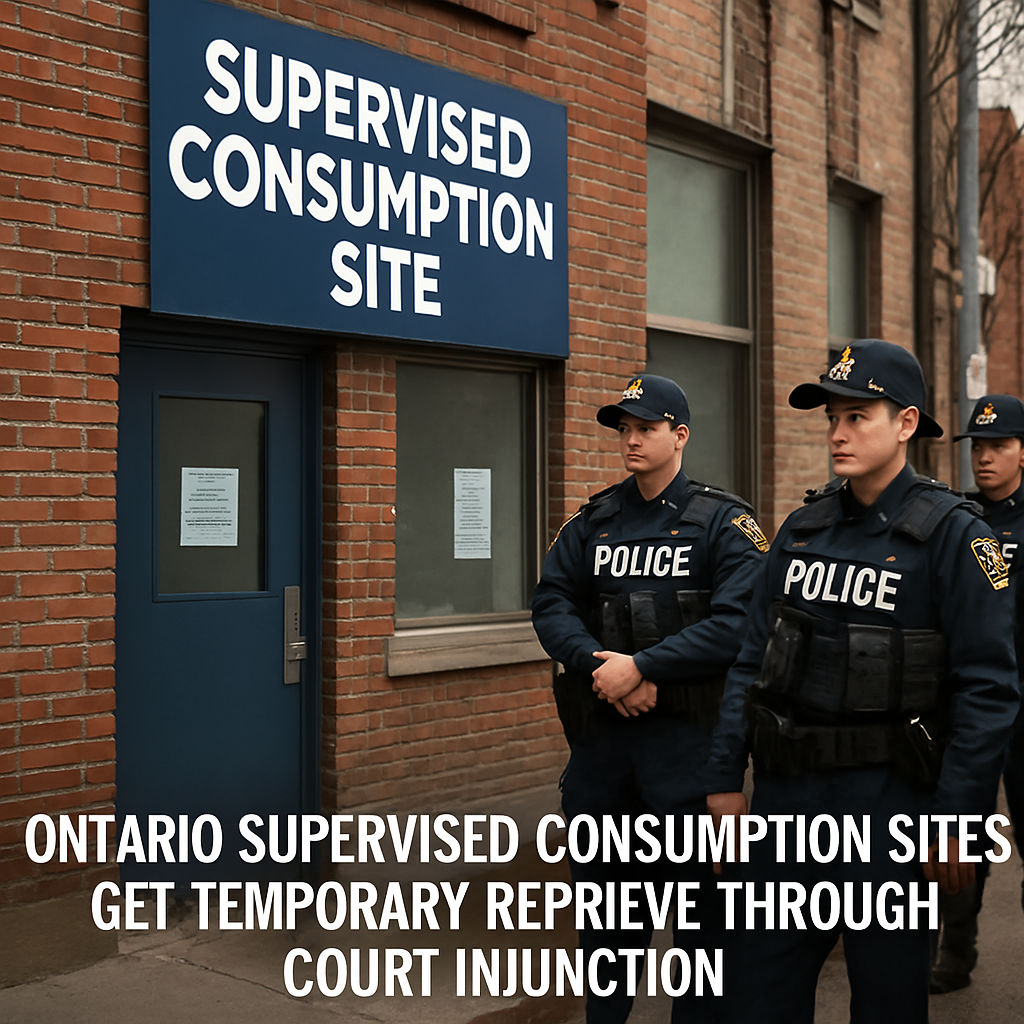Trump Imposes Reciprocal Tariffs on Global Trade Partners

U.S. President Donald Trump has announced a sweeping set of reciprocal tariffs aimed at nearly 200 international trading partners. The move comes in response to what he claims is the U.S. being “looted” and “pillaged” by other nations, and the tariffs are intended to level the playing field.
The new tariff structure outlines a baseline of 10% on imports from various countries, with significantly higher duties for several others. Notably, Canada is not directly impacted by these new tariffs—yet—although it continues to face existing tariffs, including those on automobiles, which are set to take effect on Thursday.
The U.S. will charge the following tariffs on imports, with the highest rates applied to specific countries:
-
Lesotho: 50%
-
Saint Pierre and Miquelon (French overseas territory): 50%
-
Cambodia: 49%
-
Laos: 48%
-
Madagascar: 47%
-
Vietnam: 46%
-
Sri Lanka: 44%
-
Myanmar (Burma): 44%
-
Falkland Islands: 41%
-
Syria: 41%
-
Mauritius: 40%
-
Iraq: 39%
-
Guyana: 38%
-
Liechtenstein: 37%
-
Reunion (French overseas territory): 37%
-
Bangladesh: 37%
-
Serbia: 37%
-
Botswana: 37%
-
Thailand: 36%
-
Bosnia and Herzegovina: 35%
-
China: 34%
-
North Macedonia: 33%
-
Taiwan: 32%
-
Indonesia: 32%
-
Angola: 32%
-
Fiji: 32%
-
Switzerland: 31%
-
Moldova: 31%
-
Libya: 31%
-
Algeria: 30%
-
Nauru: 30%
-
South Africa: 30%
The list continues with a range of tariffs from 29% to as low as 10%. Countries including Norfolk Island (Australian territory), Pakistan, Tunisia, Kazakhstan, India, and South Korea are all hit with varying duties, with South Korea facing a 25% tariff and Japan seeing 24%.
The European Union is also targeted with a 20% tariff, alongside countries such as Jordan, Brazil, Singapore, and Chile.
Other countries, including Australia, Saudi Arabia, and Turkey, face a 10% tariff, in line with a larger group of nations that fall into this category. These include both larger economies and smaller territories or island nations.
A full list of countries, including Costa Rica, Dominican Republic, Ecuador, Jamaica, and Paraguay, all face the 10% tariff, which is applied widely across various regions, affecting both developed and developing nations.
The tariff list is extensive and covers a wide array of global trading partners, with some countries facing higher duties based on their trade practices or perceived imbalances. While the tariffs aim to protect U.S. interests, the long-term economic impact remains to be seen, particularly as countries look for ways to respond.
As these new tariffs roll out, the global trade landscape is set to undergo a significant shift, and businesses, both in the U.S. and abroad, will need to navigate the complexities that these reciprocal tariffs create.
